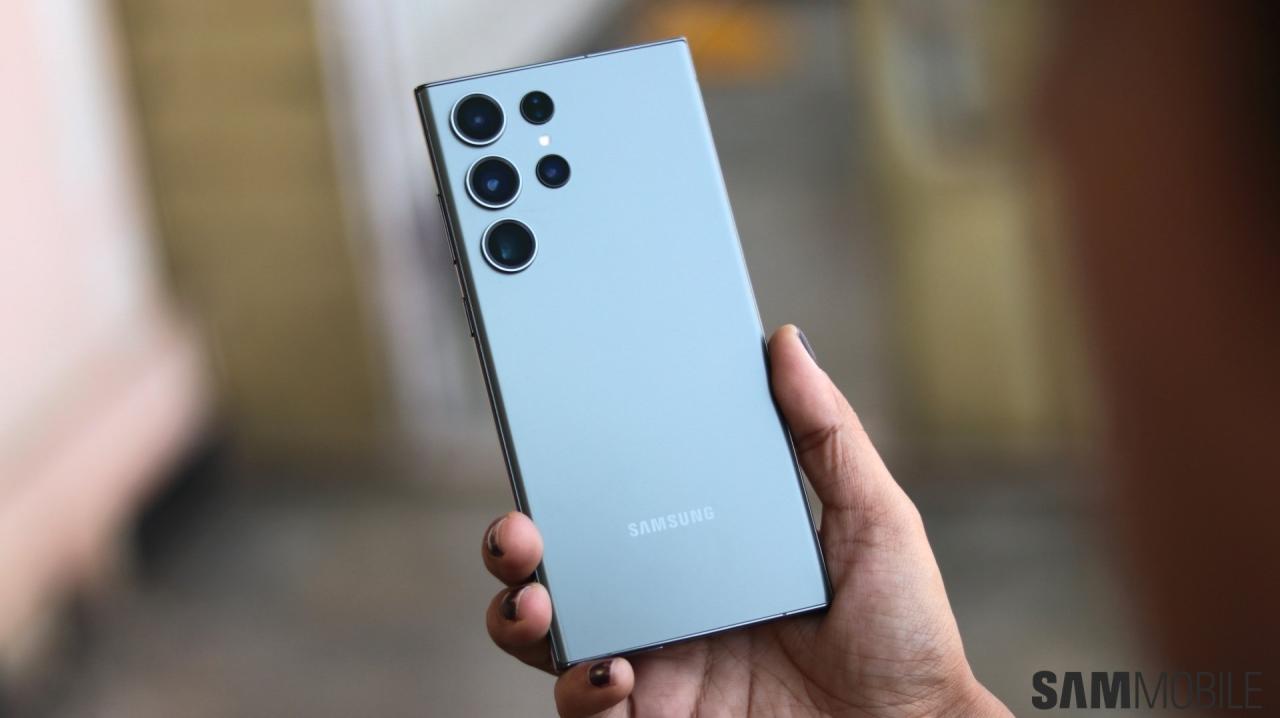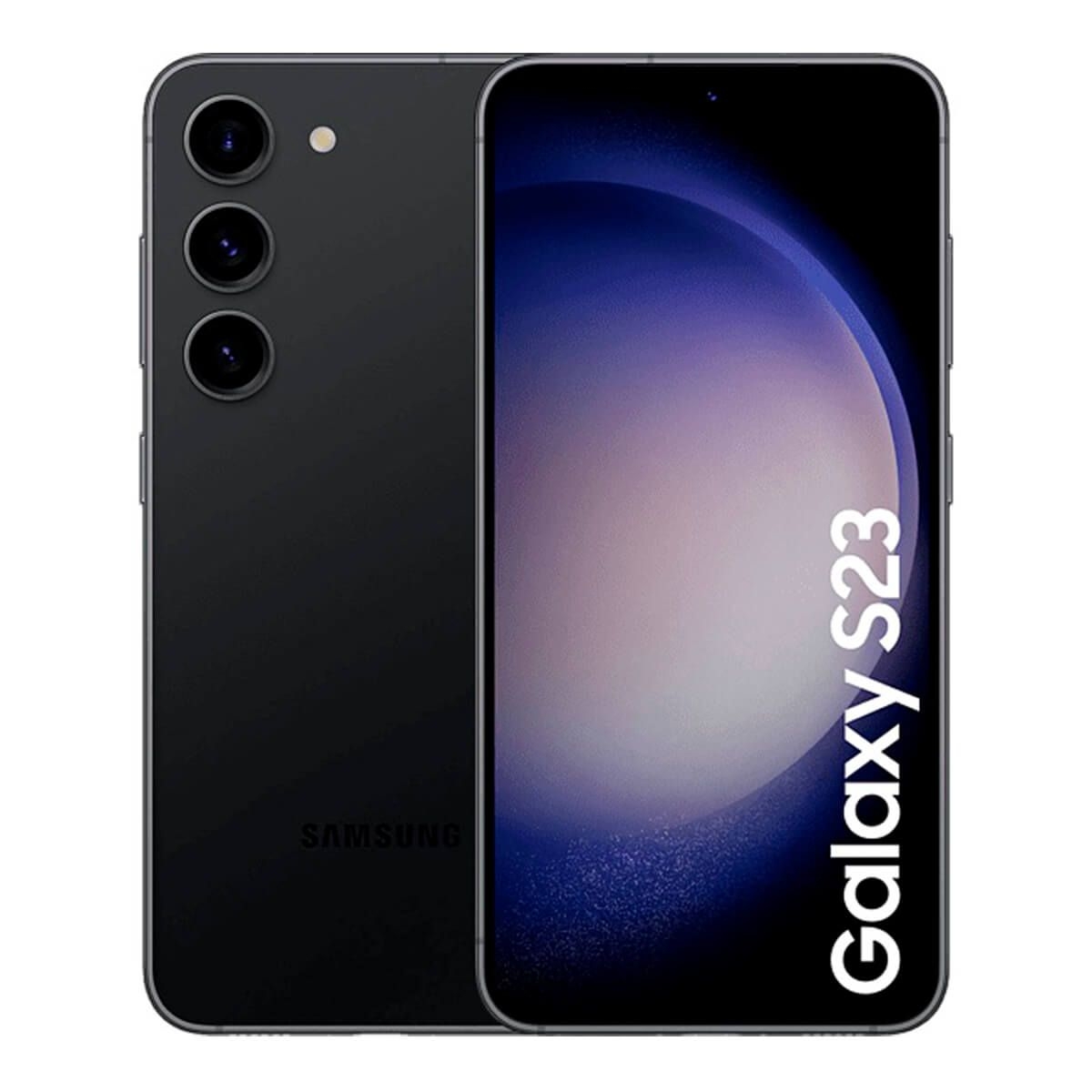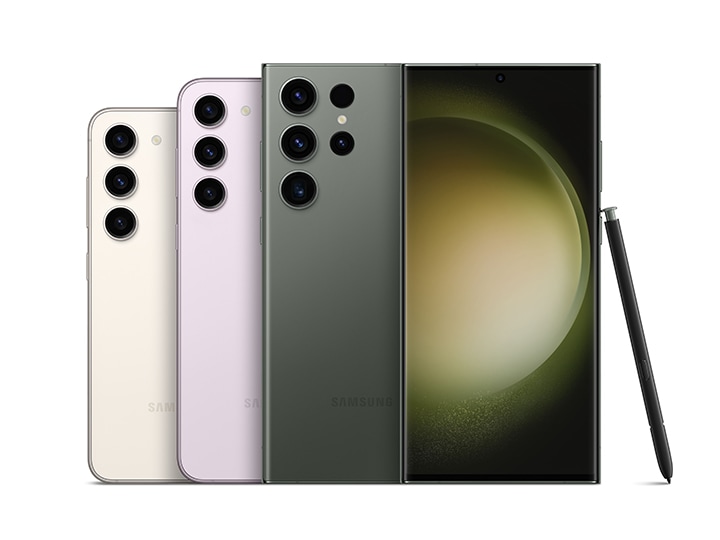samsung galaxy s ii takes center stage as a groundbreaking smartphone that redefined user expectations and set a new standard for mobile technology. Launched in 2011, this device combined impressive hardware with an intuitive software experience, captivating users and critics alike. With its sleek design and cutting-edge features, the Samsung Galaxy S II quickly became a formidable contender in the competitive smartphone landscape, leaving a lasting impression on the market.
Featuring a vivid Super AMOLED display, a powerful dual-core processor, and an array of innovative functionalities, the Galaxy S II was designed to deliver both performance and aesthetics. Its user-friendly interface and robust app ecosystem further enhanced its appeal, making it a preferred choice among consumers during its release year.
Features of Samsung Galaxy S II

The Samsung Galaxy S II, released in 2011, was a flagship device that set a benchmark for smartphones with its impressive specifications and features. This smartphone brought cutting-edge technology to users and was hailed for its sleek design and powerful performance, making it a popular choice among consumers.
The Samsung Galaxy S II is powered by robust hardware components that enhance its overall performance and user experience. At its core, the device features a dual-core ARM Cortex-A9 processor, clocked at 1.2 GHz, which allows for seamless multitasking and efficient power management.
Key Specifications
The specifications of the Galaxy S II not only highlight its capabilities but also reflect the advancements in smartphone technology during its release.
- Display: The phone features a 4.3-inch Super AMOLED Plus display with a resolution of 480 x 800 pixels, delivering vibrant colors and deep blacks.
- Camera: Equipped with an 8 MP rear camera and a 2 MP front camera, the device allows for high-quality photos and video calls.
- Storage: The Galaxy S II offers 16/32 GB of internal storage, expandable via microSD up to 64 GB, providing ample space for applications and media.
- Battery: The device runs on a 1650 mAh battery, offering decent longevity for daily usage.
- Operating System: Initially shipped with Android 2.3 (Gingerbread) and later upgradeable to Android 4.1 (Jelly Bean), ensuring access to a wide range of applications and features.
Hardware Components
The hardware of the Samsung Galaxy S II is a critical factor contributing to its performance and user satisfaction. Each component was carefully selected to provide the best experience possible.
“The integration of advanced hardware elements ensures that the Galaxy S II delivers reliable performance that meets the demands of modern users.”
- Processor: The Exynos 4210 (in some regions) offers superior processing power that ensures all applications run smoothly.
- RAM: With 1 GB of RAM, users can run multiple applications without experiencing lag or slowdowns.
- Graphics: The Mali-400MP GPU enhances gaming and multimedia experiences by providing rich graphics and smooth animations.
- Connectivity: The device supports 3G, Wi-Fi, Bluetooth 3.0, and NFC, facilitating a variety of connection options for users.
Software Capabilities and User Interface Design
The software experience on the Samsung Galaxy S II is marked by its user-friendly interface and feature-rich environment, making it accessible for users of all experience levels.
The TouchWiz user interface enhances the Android experience with a suite of customizable features and widgets. Users can personalize their home screens with various widgets that provide quick access to information and applications, allowing for a tailored experience.
- Customization: The ability to customize themes and layouts is a significant draw, allowing users to personalize their devices to fit their style.
- Multitasking: The device supports split-screen functionality, enabling users to work with two applications simultaneously.
- Media Management: Integrated media applications allow for easy access and management of videos, music, and photos, enhancing the entertainment aspect of the device.
- Smart Features: Features like Smart Stay, which keeps the screen on while the user is looking at it, improve usability.
Comparison with Competitors

The Samsung Galaxy S II was released in 2011, a year that saw a surge of competitive smartphones entering the market. Among its peers, the Galaxy S II had to stand out in terms of features, performance, and consumer appeal. This comparison examines its standing against other flagship devices from the same year, focusing on the advantages and disadvantages it offered.
Direct Competitors of the Samsung Galaxy S II
In 2011, several smartphones emerged as direct competitors to the Samsung Galaxy S II, including the HTC Sensation, Apple iPhone 4S, and Motorola Droid Razr. Analyzing these devices highlights the strengths and weaknesses of the Galaxy S II in comparison.
- HTC Sensation: Equipped with a dual-core processor and a 4.3-inch display, the HTC Sensation was a strong competitor. While it offered a solid build quality, the Galaxy S II’s superior display technology and lighter weight gave it an edge in user experience.
- Apple iPhone 4S: Featuring iOS and a premium design, the iPhone 4S was favored for its ecosystem and app optimization. However, the Galaxy S II boasted better specifications, including a larger screen and expandable storage, attracting users who prioritized these features.
- Motorola Droid Razr: Known for its slim design and durable build, the Droid Razr appealed to consumers looking for sturdiness. Yet, the Galaxy S II’s camera performance and user interface were more advanced, allowing it to capture a wider audience.
Advantages and Disadvantages of Samsung Galaxy S II
The Samsung Galaxy S II had numerous advantages that helped it maintain a strong market presence amid fierce competition. However, it also faced certain disadvantages that influenced consumer choice.
- Advantages:
- High-resolution Super AMOLED Plus display provided vibrant colors and deep blacks, enhancing multimedia consumption.
- Lightweight and slim design made it highly portable and aesthetically appealing to users.
- Robust performance with a dual-core processor ensured smooth multitasking and gaming experience.
- Disadvantages:
- The plastic build quality was often criticized compared to premium materials used by competitors like Apple.
- Battery life, while decent, sometimes fell short during heavy usage compared to rivals with larger battery capacities.
Market Position and Consumer Preferences
Upon its release, the Samsung Galaxy S II quickly captured significant market share due to its attractive features and competitive pricing. The smartphone landscape in 2011 was heavily influenced by consumer preferences leaning towards larger screens, powerful processors, and advanced camera capabilities.
The Galaxy S II appealed to consumers looking for a well-rounded device that didn’t compromise on performance or display quality. The Android operating system also provided flexibility and customization, setting it apart from the more restrictive iOS environment.
As a result, the Galaxy S II became one of the best-selling smartphones of 2011, further solidifying Samsung’s position as a leader in the smartphone market. The combination of features, performance, and user-friendly design made it a preferred choice for many, reinforcing its legacy in mobile technology.
User Experience and Reviews

The Samsung Galaxy S II has garnered significant attention from users around the globe since its release. With its impressive hardware and software capabilities, this smartphone has created a landscape of user experiences that reveal both strengths and weaknesses. Reviewing user testimonials provides insight into how the device performs in real-world situations, allowing potential buyers to make informed decisions based on collective experiences rather than just technical specifications.
User feedback on the Galaxy S II can be categorized into several key areas, including performance, battery life, and camera quality. Each of these aspects has its own set of praises and complaints, reflecting the diverse experiences of users.
Performance Feedback
Many users commend the Galaxy S II for its fast and responsive performance, especially in multitasking scenarios. The device is powered by a dual-core processor, which is often highlighted in user reviews for its ability to handle demanding applications and games smoothly. Here are some common sentiments regarding performance:
-
“The Galaxy S II never lags, even when I have multiple apps running. It’s a powerhouse!”
-
“Gaming on this phone is a delight; graphics are stunning and performance is top-notch.”
-
“I’ve noticed that it heats up a bit during prolonged use, but it’s manageable.”
However, there are some complaints regarding performance, particularly concerning software updates. Users have expressed frustrations about delays in receiving the latest Android updates, which can impact system efficiency and app compatibility.
Battery Life Insights, Samsung galaxy s ii
Battery life is another critical aspect of user experience, with mixed reviews from Galaxy S II owners. The device is equipped with a removable 1650 mAh battery, which has drawn both praise and criticism. Users have reported the following regarding battery life:
-
“On a full charge, I can easily get through a day with moderate use, which is great.”
-
“If I use GPS and play games, the battery drains quickly; I often carry a power bank.”
-
“The battery is removable, which is a huge plus for me. I can easily swap it out for a charged one.”
In essence, while many users find the battery life satisfactory under normal conditions, heavy users may find the need for frequent recharges a drawback.
Camera Quality Reviews
The camera quality of the Galaxy S II has received considerable attention, especially for its time. With an 8-MP rear camera, users often praise its ability to capture detailed images and vibrant colors. Feedback from users regarding the camera includes:
-
“The photos are sharp and clear, even in low light conditions. It’s one of the best features.”
-
“I love the various shooting modes that allow for creative photography.”
-
“Sometimes the camera takes a while to focus, which can be frustrating when trying to capture a quick moment.”
Despite its strengths, some users note that the camera’s performance can be inconsistent, leading to mixed results in certain lighting conditions.
Overall, the Samsung Galaxy S II has garnered a spectrum of user experiences that reflect its competitive edge in the smartphone market. By examining user feedback in these distinct categories, potential buyers can better understand what to expect from this device, ensuring it aligns with their personal needs and usage habits.
Impact on Smartphone Market: Samsung Galaxy S Ii
The Samsung Galaxy S II represents a pivotal moment in smartphone history, influencing both design and consumer expectations in significant ways. Launched in 2011, it not only set new benchmarks for performance and user experience but also shaped the trajectory of future smartphone developments. Its success paved the way for innovations that became standard features across the industry.
The Galaxy S II introduced several notable innovations that were quickly adopted by subsequent models, not only from Samsung but also from competing brands. One of its most significant contributions was the emphasis on larger, high-resolution displays. The S II featured a 4.3-inch Super AMOLED Plus screen, which offered vibrant colors and deep blacks, setting a trend that led to even larger and higher-resolution displays in later devices.
Key Innovations and Their Influence
The Samsung Galaxy S II made a considerable impact on smartphone design and technology, introducing features that became essential in the devices that followed. The influence of these innovations can be observed in various aspects:
- Enhanced Performance: The Galaxy S II was powered by a dual-core processor, which was a significant upgrade at the time. This performance boost allowed for smoother multitasking and gaming experiences, setting a precedent for future smartphones to prioritize powerful processors.
- Lightweight Design: The S II’s sleek and lightweight build redefined expectations for smartphone form factors. This focus on portability without sacrificing functionality influenced the design philosophies of many subsequent models, making slim and lightweight devices the norm.
- User Interface Improvements: With the introduction of Samsung’s TouchWiz UI, the Galaxy S II provided a customizable user experience that many smartphone manufacturers later adopted. This focus on personalization became a key selling point for consumers.
- Camera Technology: The 8-megapixel camera of the Galaxy S II with features like HDR and fast autofocus set new standards for mobile photography. Many competitors followed suit, enhancing their camera technology to meet rising consumer expectations for high-quality images.
- Wireless Connectivity: The Galaxy S II included advanced connectivity options such as HSPA+ and later LTE capabilities, which became essential features in the next generation of smartphones, offering users faster internet access and better connectivity.
The legacy of the Samsung Galaxy S II extends beyond its individual features. Its success helped establish a competitive smartphone market that prioritized user experience, design, and performance. As a result, consumer expectations shifted dramatically; users began to demand more from their devices in terms of speed, functionality, and aesthetics. This evolution in consumer behavior can be traced directly back to the innovations introduced with the Galaxy S II, marking it as a significant milestone in the smartphone era.
Question & Answer Hub
What year was the samsung galaxy s ii released?
The samsung galaxy s ii was released in 2011.
What operating system does the samsung galaxy s ii run?
The samsung galaxy s ii originally ran Android 2.3 Gingerbread, with updates available to later versions.
What is the camera quality of the samsung galaxy s ii?
The samsung galaxy s ii features an 8-megapixel rear camera and a 2-megapixel front camera, capable of capturing high-quality images.
How does the battery life of the samsung galaxy s ii compare to newer models?
While the samsung galaxy s ii’s battery life was impressive for its time, newer models offer significantly improved battery efficiency and longevity.
Is the samsung galaxy s ii still supported by software updates?
No, the samsung galaxy s ii is no longer supported with official software updates.
For smartphone enthusiasts, the Samsung S10 stands out with its impressive features and sleek design. This device not only delivers a stunning display but also offers powerful performance, making it a favorite among users. Its camera capabilities allow for stunning photography, proving that the S10 is a worthy contender in the market.
The innovation behind Apple’s success can largely be attributed to its advanced chip technology. With each new iPhone, Apple introduces more powerful chips that enhance processing speeds and optimize energy efficiency. This commitment to technological advancement ensures that users enjoy a seamless experience, reaffirming the brand’s position as a leader in the smartphone industry.